-
 Bitcoin
Bitcoin $118300
-0.58% -
 Ethereum
Ethereum $3825
0.11% -
 XRP
XRP $3.137
-0.71% -
 Tether USDt
Tether USDt $0.9999
-0.01% -
 BNB
BNB $803.9
-3.37% -
 Solana
Solana $181.5
-1.94% -
 USDC
USDC $0.9999
0.01% -
 Dogecoin
Dogecoin $0.2238
-2.51% -
 TRON
TRON $0.3358
2.12% -
 Cardano
Cardano $0.7844
-2.16% -
 Hyperliquid
Hyperliquid $43.31
-1.48% -
 Sui
Sui $3.807
-4.04% -
 Stellar
Stellar $0.4203
-1.96% -
 Chainlink
Chainlink $17.79
-3.00% -
 Bitcoin Cash
Bitcoin Cash $567.8
-1.34% -
 Hedera
Hedera $0.2614
-4.30% -
 Avalanche
Avalanche $24.19
-4.46% -
 Litecoin
Litecoin $109.2
-0.74% -
 UNUS SED LEO
UNUS SED LEO $8.969
-0.01% -
 Toncoin
Toncoin $3.404
3.97% -
 Ethena USDe
Ethena USDe $1.001
-0.01% -
 Shiba Inu
Shiba Inu $0.00001307
-3.19% -
 Uniswap
Uniswap $10.33
-1.23% -
 Polkadot
Polkadot $3.884
-4.06% -
 Monero
Monero $312.9
-1.87% -
 Dai
Dai $1.000
0.01% -
 Bitget Token
Bitget Token $4.537
-2.24% -
 Pepe
Pepe $0.00001156
-3.40% -
 Cronos
Cronos $0.1437
-0.89% -
 Aave
Aave $282.8
-2.77%
Is OBV hitting a new high but price stagnation a divergence signal?
When OBV hits a new high while price stagnates, it signals hidden buying pressure—often a precursor to a bullish breakout in crypto markets.
Jul 29, 2025 at 03:21 pm
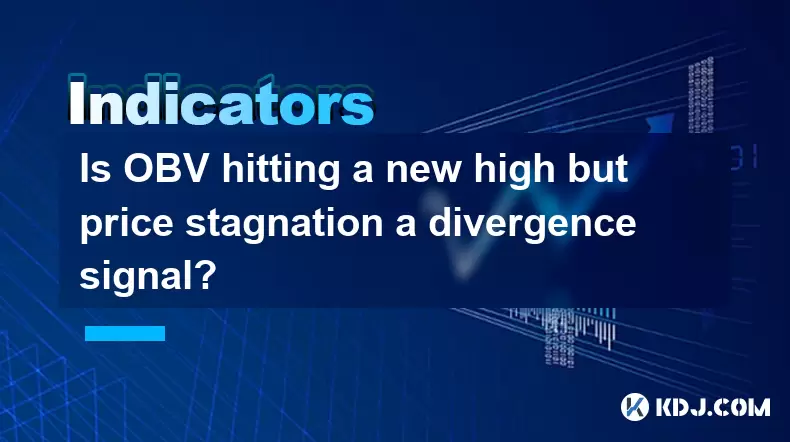
Understanding On-Balance Volume (OBV) and Its Role in Technical Analysis
On-Balance Volume (OBV) is a momentum indicator that uses volume flow to predict changes in stock or cryptocurrency prices. Developed by Joe Granville, OBV operates on a simple premise: volume precedes price. When OBV rises, it indicates that volume on up days is higher than on down days, suggesting accumulation. Conversely, when OBV falls, it signals distribution, with more volume on down days. In the context of cryptocurrencies, where price volatility is high and market sentiment shifts rapidly, OBV can offer early clues about potential trend reversals. The core calculation involves adding the day’s volume to a running total when the closing price is higher than the previous close and subtracting volume when the close is lower. No change occurs if the close remains flat.
What Constitutes a Divergence Between OBV and Price?
A divergence occurs when the direction of the OBV indicator contradicts the direction of the price movement. Specifically, positive divergence happens when price makes a lower low but OBV makes a higher low, suggesting weakening downward momentum. Conversely, negative divergence—the focus of this analysis—occurs when OBV hits a new high while the price remains stagnant or fails to reach a new high. This scenario implies that despite increasing buying volume, the price is not responding with upward movement. In the cryptocurrency market, such a condition may reflect a struggle between buyers and sellers, where demand is rising but is being met with strong resistance or distribution at higher levels.
Interpreting OBV New Highs Amid Price Stagnation
When OBV reaches a new high but the price consolidates or moves sideways, it signals underlying strength in buying pressure that has not yet translated into price appreciation. This could mean that smart money or institutional investors are accumulating the asset quietly, absorbing sell orders without pushing the price up aggressively. In altcoin or Bitcoin trading, this often happens near key resistance levels where large sell walls exist on order books. The persistent rise in OBV suggests that volume is supporting upward movement, but price action is being capped. Traders should examine order book depth, recent whale wallet movements, and exchange netflow data to validate whether accumulation is occurring.
How to Confirm OBV-Price Divergence Using Additional Indicators
Relying solely on OBV can lead to false signals, especially in low-liquidity altcoins. To confirm a divergence signal, combine OBV analysis with other technical tools:
- Moving Averages: Check if the price is trading above key moving averages like the 50-day or 200-day EMA. If it is, the uptrend may still be intact despite stagnation.
- Relative Strength Index (RSI): An RSI reading above 50 with upward momentum supports the idea that buyers remain in control, even if price isn’t moving.
- Volume Profile: Look for high volume nodes near the current price. If volume is concentrating at this level, it may indicate a breakout is imminent.
- MACD Histogram: A rising MACD histogram while price is flat reinforces the idea of hidden bullish momentum.
For example, on a BTC/USDT 4-hour chart, if OBV climbs to a new peak while price oscillates between $60,000 and $61,000, and RSI holds above 55, this strengthens the case for a bullish divergence.
Step-by-Step Guide to Identifying and Acting on OBV Divergence
To effectively identify and act on this signal, follow these steps:
- Open your preferred cryptocurrency charting platform (e.g., TradingView, Binance Chart, or CoinGecko Pro).
- Apply the OBV indicator from the studies menu. Ensure it’s set to default parameters.
- Zoom out to view at least 30–60 days of price action to establish trend context.
- Identify the most recent price high and compare it to current price levels. Determine if price is making lower highs or consolidating.
- Observe the OBV line: Is it making a new high even though price is not?
- Draw trendlines on both price and OBV to visualize the divergence clearly.
- Check for support and resistance zones near the current price to assess breakout potential.
- Monitor on-chain metrics such as exchange outflows or wallet accumulation patterns via tools like Glassnode or CryptoQuant.
- Set a buy entry just above the consolidation range, with a stop-loss below the recent swing low.
- Use a volume spike as confirmation when price eventually breaks out.
This method ensures a data-driven approach rather than relying on speculation.
Common Pitfalls and Misinterpretations of OBV Signals
One major mistake is treating every OBV peak as significant without considering the broader trend. OBV can rise due to short-term pump-and-dump schemes, especially in low-cap altcoins, leading to false divergence signals. Another issue is ignoring timeframe alignment—a divergence on a 15-minute chart may not carry the same weight as one on a daily chart. Additionally, exchange-specific volume can distort OBV readings if the data source includes wash trading. Always cross-verify volume from multiple reputable exchanges. Also, remember that price stagnation doesn’t always lead to breakout; it can precede a breakdown if selling pressure suddenly overwhelms accumulation.
Frequently Asked Questions
Can OBV divergence occur in bear markets?
Yes. In a downtrend, OBV may make a lower low while price moves sideways or even slightly up. This is a bearish divergence, indicating that despite temporary price stability, selling volume is still dominant. It often precedes a resumption of the downtrend.
Does OBV work the same across all cryptocurrencies?
Not exactly. High-market-cap assets like Bitcoin and Ethereum tend to produce more reliable OBV signals due to genuine volume and institutional participation. Low-liquidity tokens with manipulated volume may show misleading OBV trends, making divergence analysis less trustworthy.
How long should price stagnation last before considering it significant?
There’s no fixed duration, but stagnation lasting at least 5–7 candlesticks on the daily chart (or equivalent on lower timeframes) is typically meaningful. Shorter consolidations may just be noise. The key is whether OBV continues to climb steadily during this period.
Should I act on OBV divergence without price confirmation?
No. Divergence is a warning sign, not a trigger. Wait for price to break above resistance with strong volume before entering a long position. Premature action based on OBV alone can lead to losses if the market fails to follow through.
Disclaimer:info@kdj.com
The information provided is not trading advice. kdj.com does not assume any responsibility for any investments made based on the information provided in this article. Cryptocurrencies are highly volatile and it is highly recommended that you invest with caution after thorough research!
If you believe that the content used on this website infringes your copyright, please contact us immediately (info@kdj.com) and we will delete it promptly.
- PENGU Price Plunge? Binance Transfers and Token Transfer Trends
- 2025-07-30 23:10:15
- Navigating Crypto Investment: Bitcoin Mining and the Rise of Cloud Mining in the Big Apple
- 2025-07-30 22:31:15
- Meme Coins, Profit, and Investment: Riding the Crypto Wave in Style
- 2025-07-30 23:10:15
- LivLive's Gamified AR Launch Phase: Level Up Your Reality!
- 2025-07-30 22:31:15
- Bitcoin, Crypto, and the Golden Age: Navigating the Future of Digital Assets
- 2025-07-31 00:10:14
- JPMorgan, Coinbase, and Crypto Access: A New Era for Digital Finance?
- 2025-07-30 22:50:13
Related knowledge
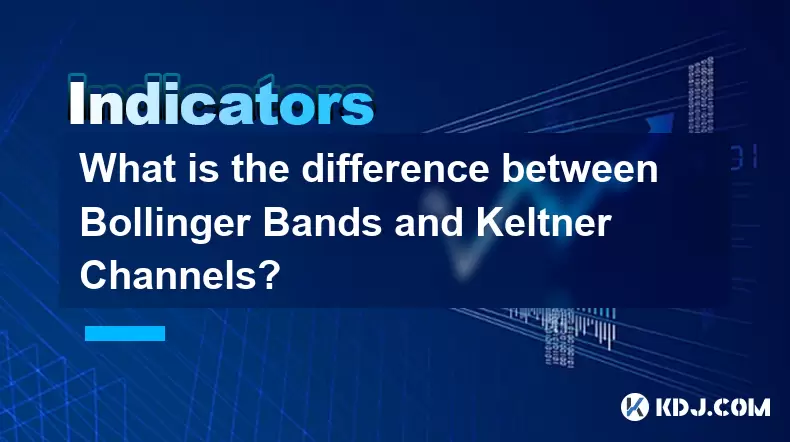
What is the difference between Bollinger Bands and Keltner Channels?
Jul 30,2025 at 11:30pm
Understanding Bollinger Bands and Their Core ComponentsBollinger Bands are a widely used technical analysis tool developed by John Bollinger in the 19...
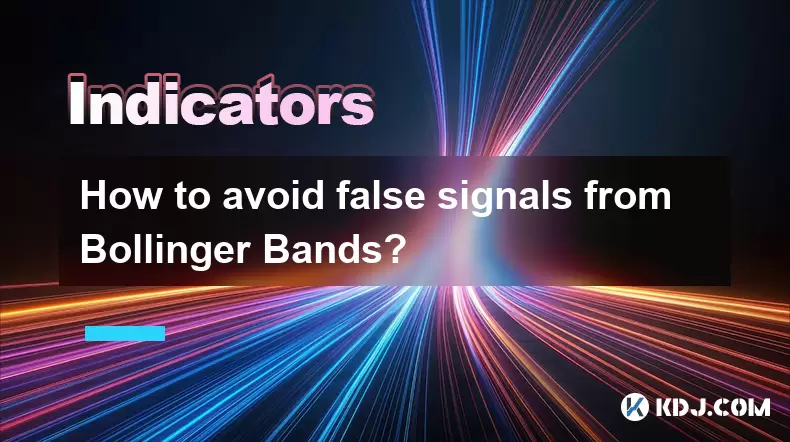
How to avoid false signals from Bollinger Bands?
Jul 30,2025 at 11:42pm
Understanding Bollinger Bands and Their Core ComponentsBollinger Bands are a widely used technical analysis tool developed by John Bollinger in the 19...
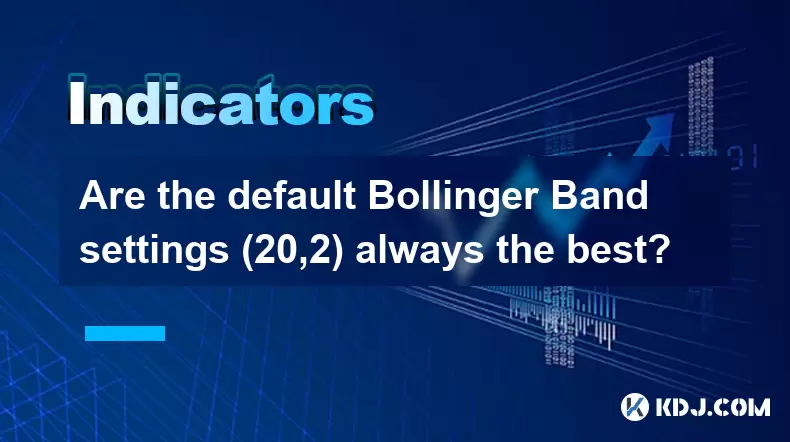
Are the default Bollinger Band settings (20,2) always the best?
Jul 30,2025 at 11:36pm
Understanding the Standard Bollinger Band ConfigurationThe default Bollinger Band settings of (20,2) are widely used across the cryptocurrency trading...

What is a head fake in Bollinger Bands?
Jul 30,2025 at 09:44pm
Understanding Bollinger Bands and Their StructureBollinger Bands are a widely used technical analysis tool developed by John Bollinger in the 1980s. T...
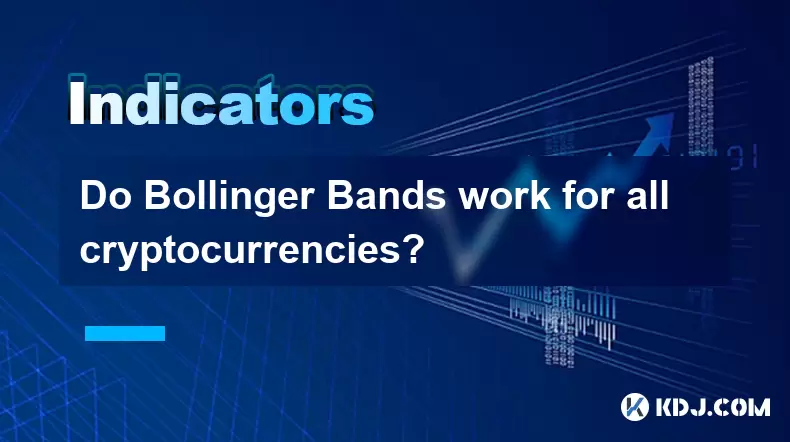
Do Bollinger Bands work for all cryptocurrencies?
Jul 30,2025 at 09:30pm
Understanding Bollinger Bands in Cryptocurrency TradingBollinger Bands are a widely used technical analysis tool developed by John Bollinger in the 19...
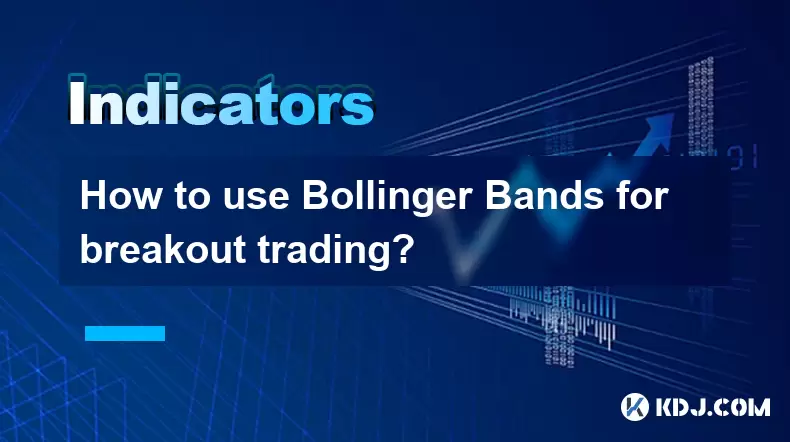
How to use Bollinger Bands for breakout trading?
Jul 30,2025 at 10:27pm
Understanding Bollinger Bands and Their ComponentsBollinger Bands are a widely used technical analysis tool developed by John Bollinger in the 1980s. ...

What is the difference between Bollinger Bands and Keltner Channels?
Jul 30,2025 at 11:30pm
Understanding Bollinger Bands and Their Core ComponentsBollinger Bands are a widely used technical analysis tool developed by John Bollinger in the 19...

How to avoid false signals from Bollinger Bands?
Jul 30,2025 at 11:42pm
Understanding Bollinger Bands and Their Core ComponentsBollinger Bands are a widely used technical analysis tool developed by John Bollinger in the 19...

Are the default Bollinger Band settings (20,2) always the best?
Jul 30,2025 at 11:36pm
Understanding the Standard Bollinger Band ConfigurationThe default Bollinger Band settings of (20,2) are widely used across the cryptocurrency trading...

What is a head fake in Bollinger Bands?
Jul 30,2025 at 09:44pm
Understanding Bollinger Bands and Their StructureBollinger Bands are a widely used technical analysis tool developed by John Bollinger in the 1980s. T...

Do Bollinger Bands work for all cryptocurrencies?
Jul 30,2025 at 09:30pm
Understanding Bollinger Bands in Cryptocurrency TradingBollinger Bands are a widely used technical analysis tool developed by John Bollinger in the 19...

How to use Bollinger Bands for breakout trading?
Jul 30,2025 at 10:27pm
Understanding Bollinger Bands and Their ComponentsBollinger Bands are a widely used technical analysis tool developed by John Bollinger in the 1980s. ...
See all articles

























































































